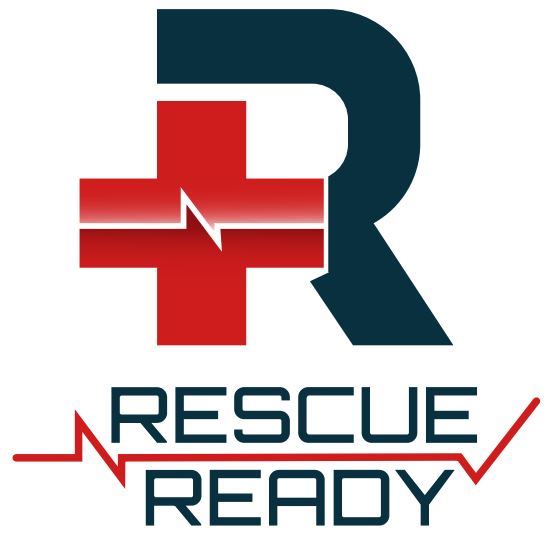Standard First Aid w/ CPR-C & AED
Standard First Aid provides comprehensive training covering all aspects of first aid and CPR.
Standard First Aid incorporates all of Emergency First Aid and is designed for those who require a more in-depth understanding of first aid including: legal implications of first aid treatment, spinal injuries, heat or cold injuries, bone and joint injuries, chest injuries, and medical emergencies. Includes CPR-C certification.
Recognized by WSIB (Ontario's Workplace Safety & Insurance Board).


Lifesaving Society
Rescue Ready is a Lifesaving Society Training Partner
Certificate Issued
3-year certification in Standard First Aid, CPR Level C, and AED
2 Day Course
Prerequisite: None.
Certificate Valid for 36 months (3 years)
What You’ll Learn in Our Standard First Aid & CPR-C w/ AED Course In addition to the skills learned in our Emergency First Aid course, the Standard First Aid course expands your knowledge and prepares you for a broader range of emergencies. Here’s what you’ll learn:
